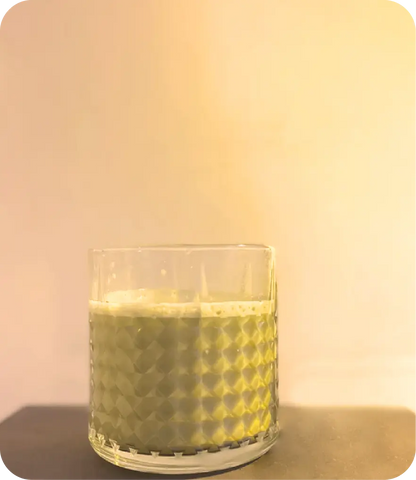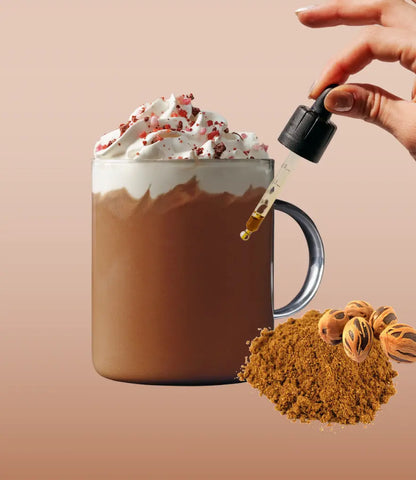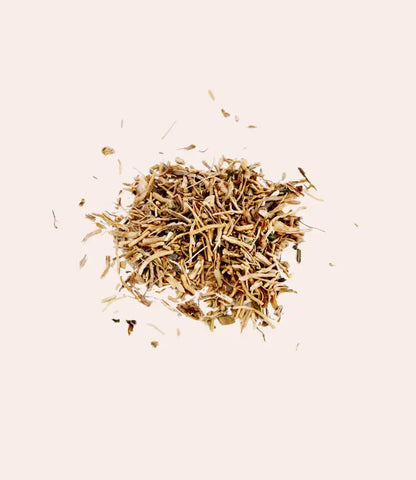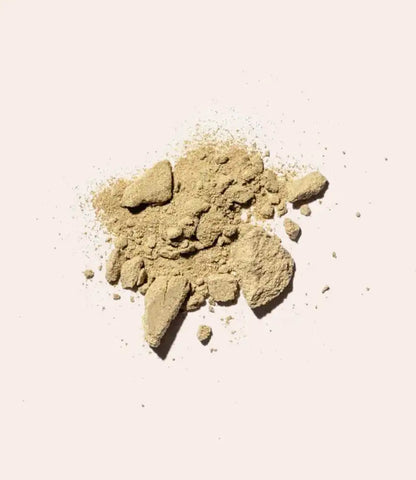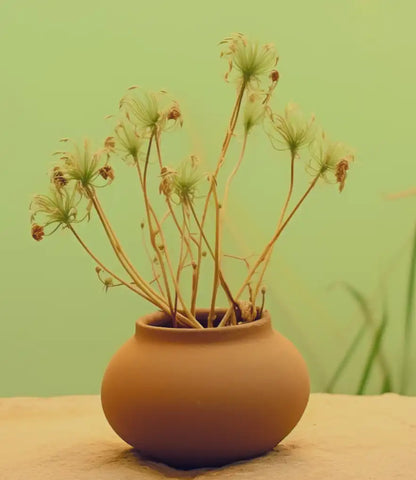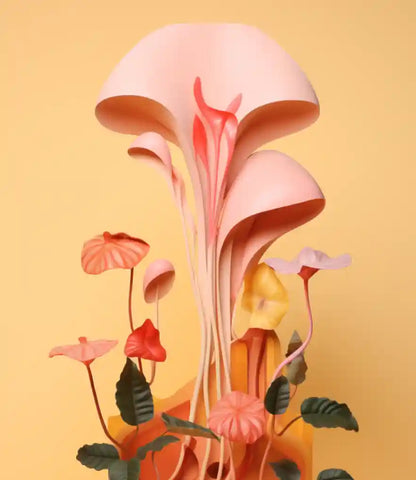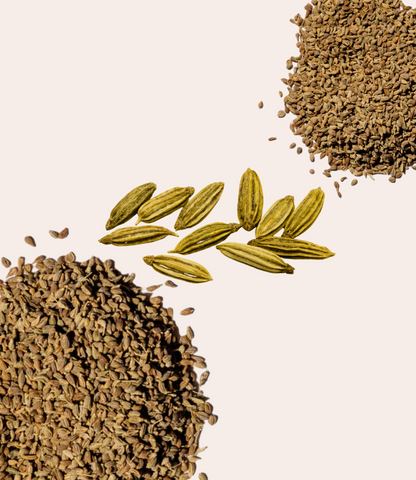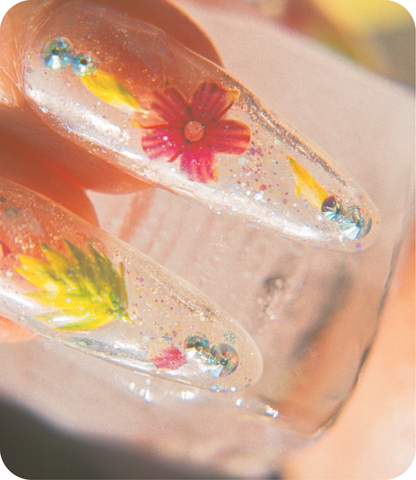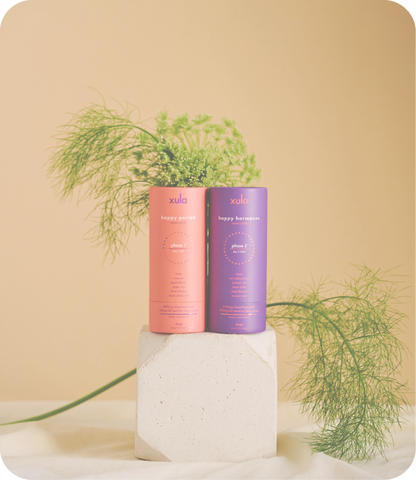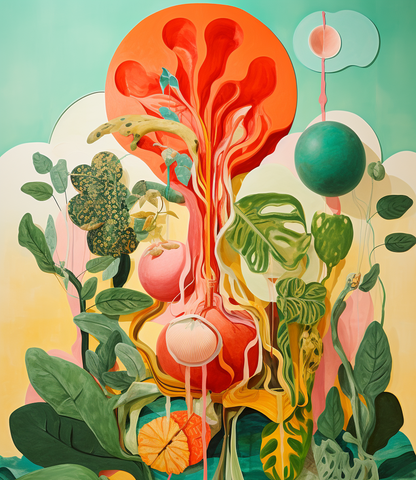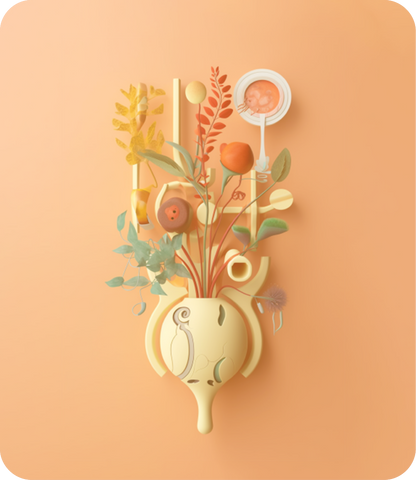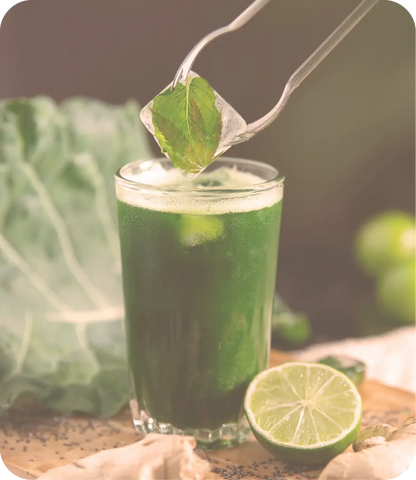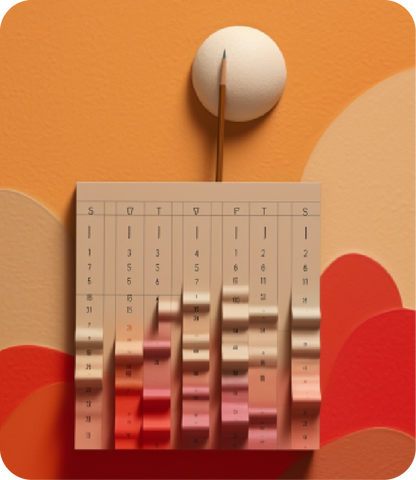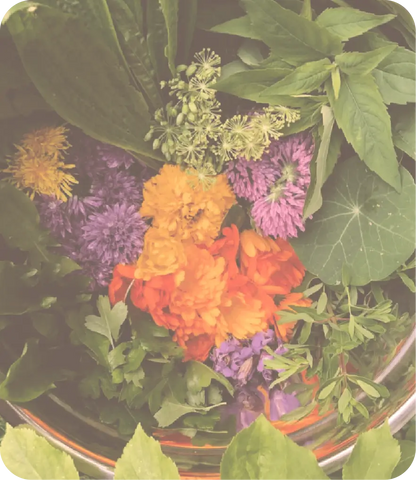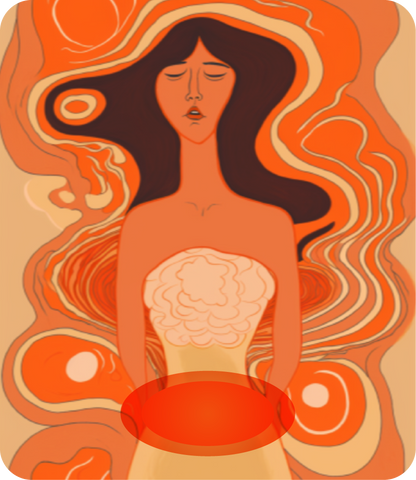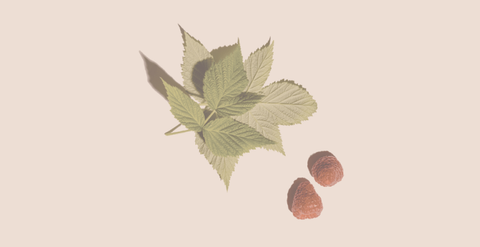
Should I Take Raspberry Leaves for Menstrual Health?
Raspberries are a familiar sweet treat—we all know those cute, vibrant berries packaged in tiny cartons at the supermarket. Raspberry lends its aroma and essence to everything from baked goods to fragrances. Besides bold flavor and fruity scent, the plant serves a greater contribution to our health beyond its fleshy fruit.
Related to: Rose the Self-Love HerbAstringent Properties
Rubus idaeus, aka red raspberry, is a member of the rose family native to Europe, North America, and Asia. Though raspberry does not bloom a flower quite as stunning as the rose, the plant similarly overflows with medicinal properties.
Red raspberry is classified as an astringent herb. Astringent herbs cause the tissues in the body to contract and shrink which aids in preventing excessive bleeding. Red raspberry leaf has been relied on in midwifery for preventing bleeding disorders such as excessive bleeding from childbirth and miscarriage. The herb also serves well improving digestive function such as alleviating diarrhea.
If you’re familiar with using an astringent in skincare, similar concepts apply here. Whereas a topical astringent or toner, such as witch hazel, is used to tone the skin and reduce inflammation, red raspberry instead has an anti-inflammatory effect that aids uterine health. The herb tones the uterus to strengthen areas of muscle weakness and reduce inflammation. Its astringency is due to a profound content of tannins, also known as tannic acid, a complex chemical derived from phenolic acids found in many plant species.
Related to: A Juneteenth Elixir and a Slice of its Ties to Mexican HistoryUterine Benefits
Red raspberry leaf has a reputation in the practice of herbalism as a uterine tonic. As a toning herb, the consumption of red raspberry helps to balance the muscular function of the uterus. This helps to make the muscles in the womb stronger and encourages uniform contractions. Toning the womb helps in preparing for conceiving a child and prevents heavy menstrual bleeding. The alkaloid fragrine found in the plant has a direct impact on the smooth muscle in the uterus and attributes to its toning properties.
Hello, Vitamins and Minerals
During menstruation, the body benefits from additional dietary nutrition due to the loss of blood and hormonally induced symptoms. The leaves of red raspberry not only benefit uterine function and pain relief but also offer an array of vitamins and minerals. It contains vitamins A, C, and E in addition to the minerals iron, potassium, and calcium. In particular, Vitamin E has been linked to the decrease of severity and duration of dysmenorrhea (menstrual cramps) experienced during the period. Who doesn’t want that?
Moon-time Rituals With Red Raspberry Tea
If you seek to swap out your pills for herbs to manage period pain, using red raspberry is a great place to start. Incorporating a red raspberry moon-time tea can serve as an easy way to connect with this special time. Add 1-3 tablespoons of dried red raspberry leaf to hot water and steep for 10 minutes. While waiting for it to brew, you can relax in child pose on a cozy mat or blanket to relieve tension in the lower abdomen. If you don’t have fresh tea, or if you’d like the benefits of red raspberry to be infused into a different type of beverage, don’t fret. You can nourish your body with this herb in the form of herbal drops to bring balance within the body throughout the day.
Related to: Moon Time Brujas: A Guide to Mindful Menstrual Rituals
Sources
Tannins. (2021). US Forest Service. https://www.fs.fed.us/wildflowers/ethnobotany/tannins.shtml
Trickey, Ruth. (1998). Women, hormones and the menstrual cycle : herbal and medical solutions from adolescence to menopause. St Leonards, N.S.W : Allen & Unwin
Walls, D. (2009). Herbs and Natural Therapies for Pregnancy, Birth and Breastfeeding.
McFarlin BL, Gibson MH, O'Rear J, Harman P. A national survey of herbal preparation use by nurse-midwives for labor stimulation. Review of the literature and recommendations for practice. J Nurse Midwifery. 1999 May-Jun;44(3):205-16. doi: 10.1016/s0091-2182(99)00037-3. PMID: 10380441.
Bharti, S. K., Sharma, N. K., Gupta, A. K., Murari, K., & Kumar, A. (2012). Pharmacological actions and potential uses of diverse Galactogogues in Cattle. International Journal of Clinical Pharmacology and Therapeutics, 2(1), 24-28.












